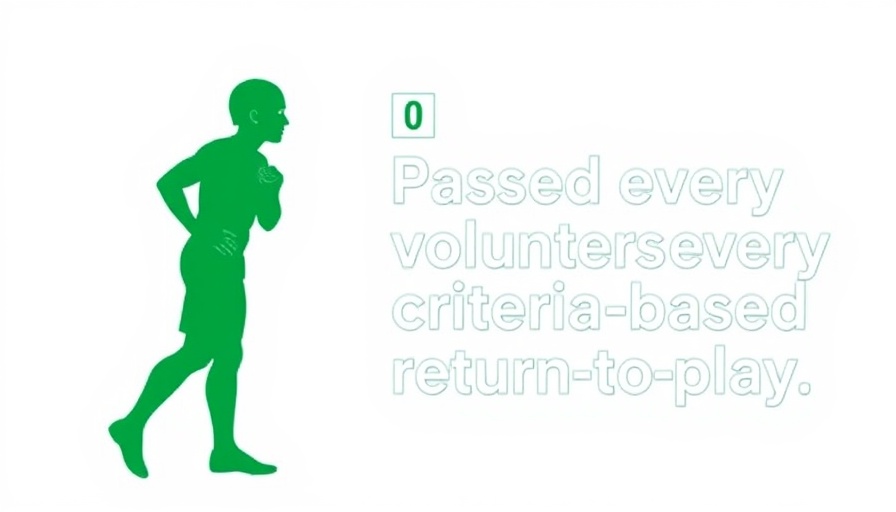
Understanding the Impact of New Tariffs on Optometrists
The recent announcement from the White House regarding new tariff rates on imports has raised significant concerns for optometrists across the U.S. Set to take effect on August 1, these tariffs range from 25% to a staggering 40%, depending on the country of origin. With higher costs looming on essential optical products, both practice owners and patients may face challenges ahead.
The Cost of Compliance: What Practices Need to Know
As the Vision Council highlights, the increased costs in the supply chain could affect everything from frames to lenses and diagnostic equipment. For concierge medical practice owners, this might translate into higher prices for patients, turning consultation and care into a more costly affair. This is a crucial moment to evaluate how the upcoming tariff changes can impact your ability to provide comprehensive care without compromising service quality.
Looking at Historical Trends: Tariffs and Healthcare
Tariffs aren’t new to the healthcare industry. Historically, they have driven up prices and limited availability in various medical supplies. Understanding past tariff effects can illuminate how preparation and strategic planning can help mitigate the impact of these fees. By developing strong relationships with manufacturers and suppliers, practices can work to maintain competitive pricing despite increased tariffs.
Navigating the Future: Strategies for Optometrists
So, how can optometrists navigate this challenging landscape? Effective strategies include:
- Cost Assessment: Regularly evaluate the costs involved in obtaining essential supplies, and explore alternative vendors who may offer better rates that can shield your practice from tariff impacts.
- Patient Communication: Inform your patients about potential price changes transparently. Patients who feel valued and informed are likely to remain loyal.
- Diversifying Supply Sources: Look beyond traditional suppliers and consider sourcing products from regions less affected by tariffs.
Being proactive rather than reactive can set your practice apart in these turbulent times.
Why Awareness Matters
As optometry practices brace for the changes that come with the tariffs, awareness of how tariffs affect product availability, margins, and patient affordability is essential. Being educated on these issues allows for better decision-making moving forward.
Conclusion: Your Next Steps in Preparedness
The newly announced tariffs are set to create ripples throughout the optometry field, and as a practice owner, it’s vital to adapt swiftly. Now is the time to take action by reassessing your supply chains, communicating with your patients, and innovating your practice’s approach to care. Keep an eye on these developments as they unfold, as they are sure to impact the larger healthcare landscape.
 Add Row
Add Row  Add
Add 






Write A Comment